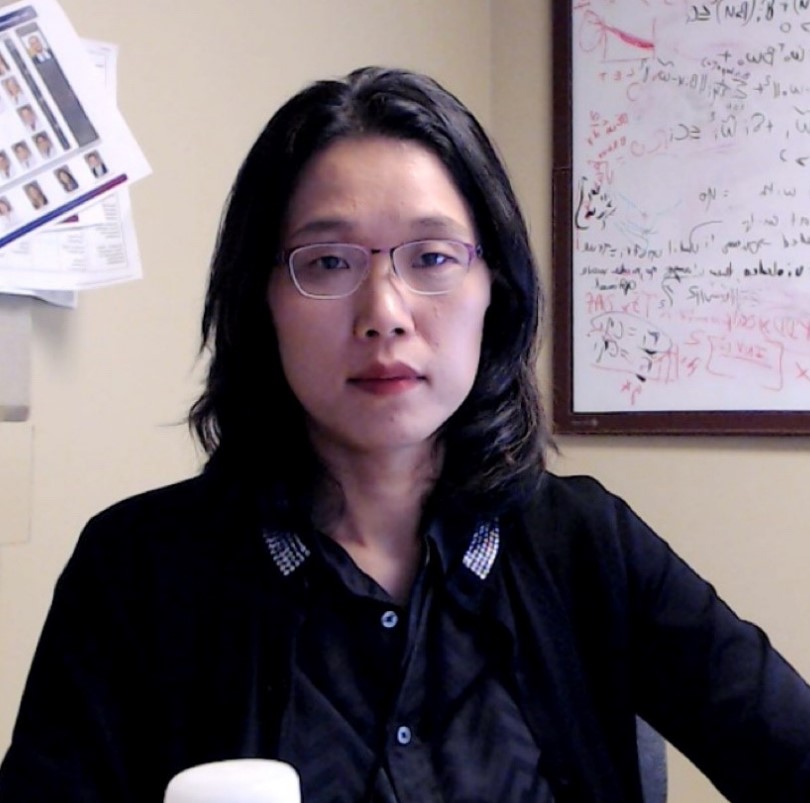Automated Inverse Planning Using a Hyperparameter Tuning Approach
Presentations
MO-E115-IePD-F3-3 (Monday, 7/11/2022) 1:15 PM - 1:45 PM [Eastern Time (GMT-4)]
Exhibit Hall | Forum 3
Purpose: The manual steps of adjusting multiple parameters in the objective function in inverse planning can cause the plan quality to widely vary. This study investigates the feasibility of two hyperparameter-tuning methods for automated inverse planning, where training a model on previously optimized plans is not needed. Therefore, they can be readily adapted to practice pattern changes, and the resulting plan quality is not limited by that of a training cohort.
Methods: We retrospectively selected 10 patients who received lung SBRT using manually-generated clinical plans. We implemented random sampling and Bayesian optimization to automatically tune objective function parameters using linear-quadratic utility functions based on 11 clinical goals. Normalizing all plans to deliver 48 Gy to 95% of PTV, we compared plan quality for the automatically-generated plans to the manually-generated plans. We also investigated the impact of iteration count on the automatically-generated plans, comparing planning time and plan utility for randomized and Bayesian plans with and without stopping criteria.
Results: Without stopping criteria, the median planning time was 1.9 and 2.3 hours for randomized and Bayesian plans, respectively. The organ-at-risk doses in the randomized and Bayesian plans had a median percent difference (MPD) of 48.7% and 60.4% below clinical dose limits and an MPD of 2.8% and 3.3% below clinical plan doses. With stopping criteria, the utility decreased by an MPD of 5.3% and 3.9% for randomized and Bayesian plans, but the median planning time was reduced to 0.5 and 0.7 hours, and the organ-at-risk doses had an MPD of 42.9% and 49.7% below clinical dose limits and an MPD of 0.3% and 1.8% below clinical plan doses.
Conclusion: This study demonstrates that hyperparameter-tuning approaches to automated inverse planning can reduce the treatment planner's active planning time with plan quality that is similar to or better than manually-generated plans.
Keywords
Not Applicable / None Entered.
Taxonomy
Not Applicable / None Entered.
Contact Email



